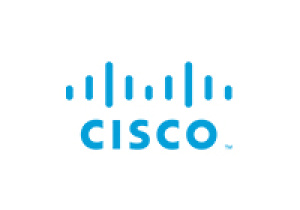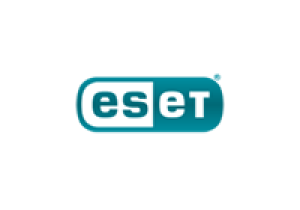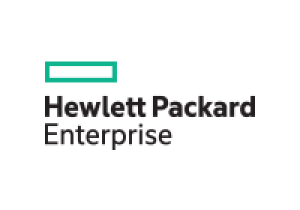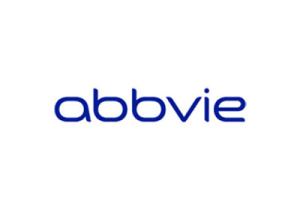Implementing Hybrid Cloud Access in StackJet environment
At times when the provision of ICT as a service did not exist, we were accustomed to planning the capacity of customer infrastructure for maximum load. However, the notorious disadvantage of this approach was the fact that a large percentage of the available power and capacity was not used most of the year, most of the time it was on stock, ageing, heating the server room and sucking a lot of money out of the customer's pocket. The idea that it could be operatively leased only as much as is necessary at given moment, made all the stakeholders enthusiastic at first. But, nothing is just black and white, and so was public cloud. About factors why it is not always good enough was written more than enough. What is important is that, in the purely public or purely private cloud, efforts to transform the way ICT is delivered and deployed in modern form is not over. Service providers have come up with a golden middleway - a hybrid approach that has got the best of both of these and rightly replicates customer expectations. Super, but not quite. Whereas in the first two approaches we could be sure about the fact where we can find available resources (i.e. only in our home in the data center or only at the provider of our leased services), the third approach does not apply and the individual elements of the architecture with that must count. If we move all the considerations/requirements further and we want/need all our applications to use as much as possible in the context of horizontal scaling from the private environment to the public cloud and back (there are enough reasons for doing so) , the whole thing begins to be "really interesting". Here we come to the product of our company, called StackJET, because precisely with the last sketched challenge, we wanted to hang out when designing it. How we managed to do this I would like to introduce to you in my short lecture.


















